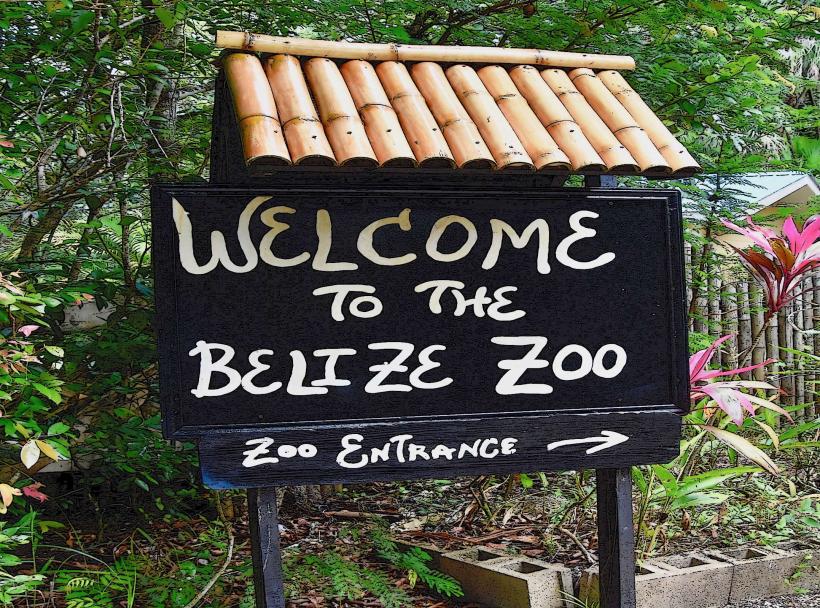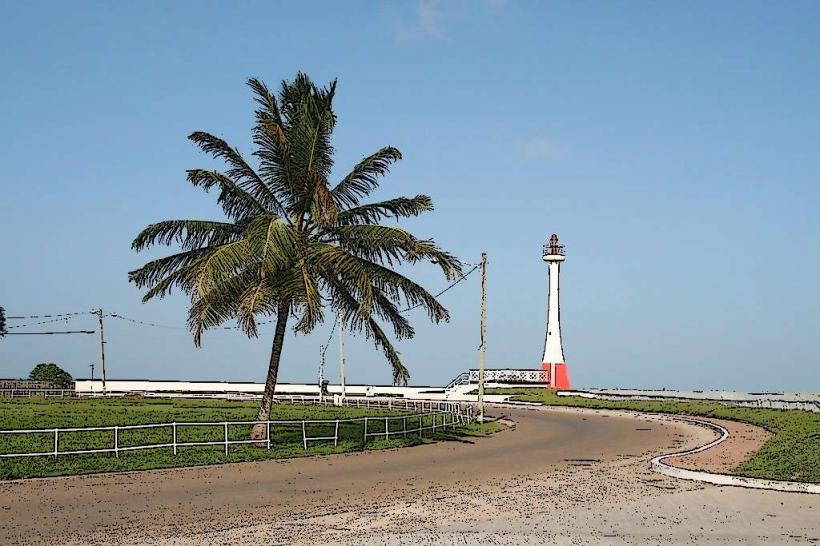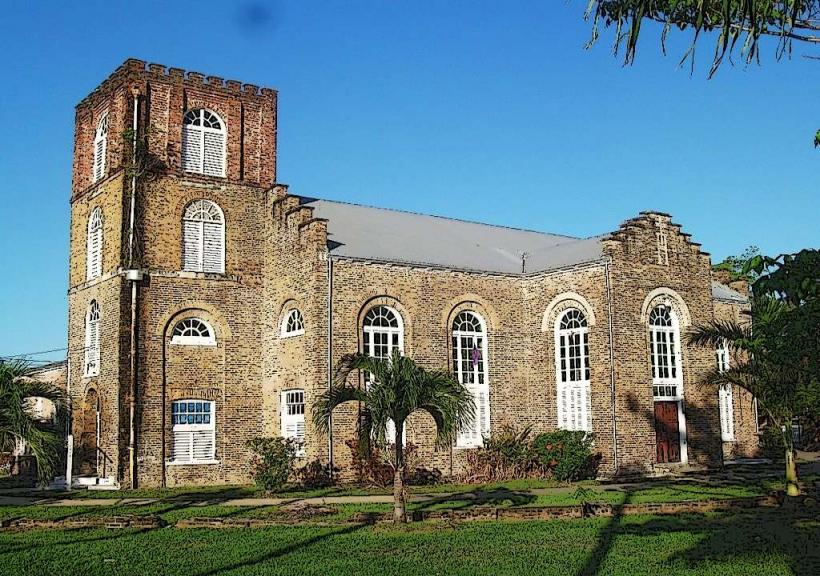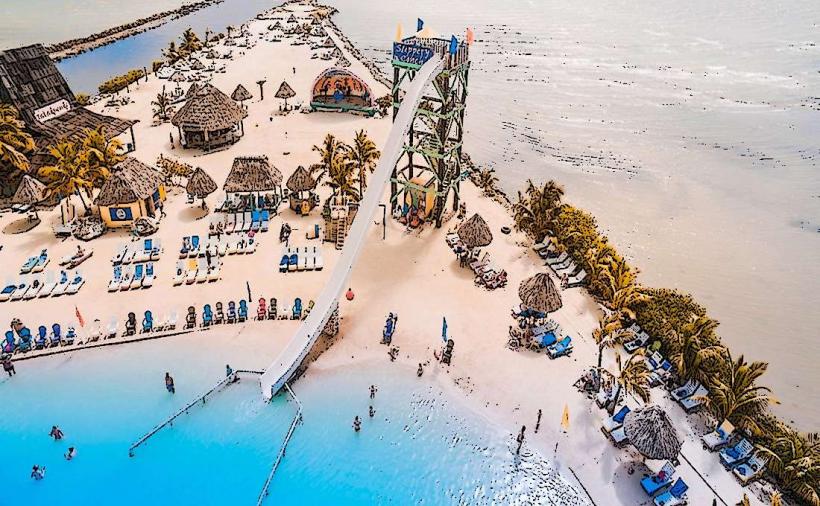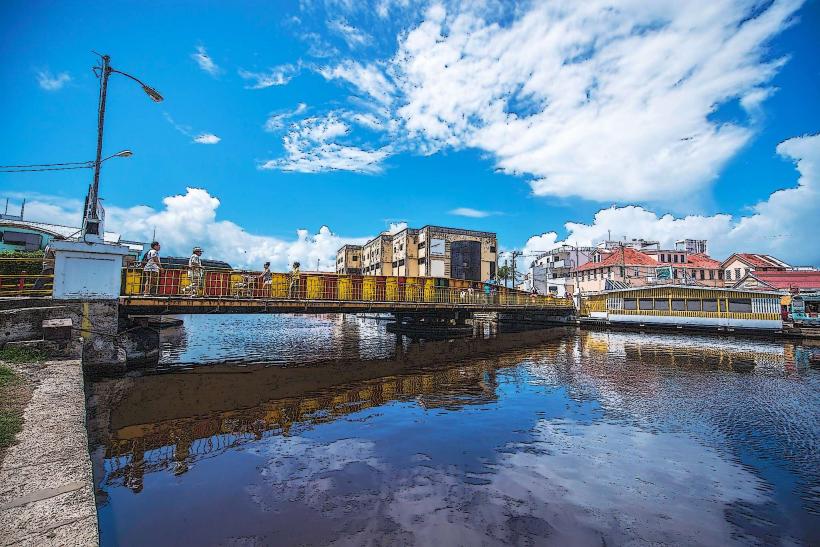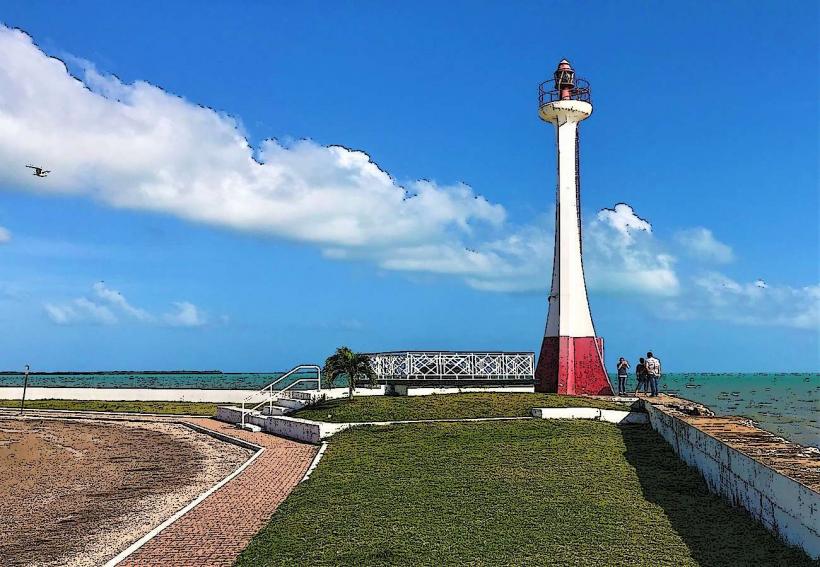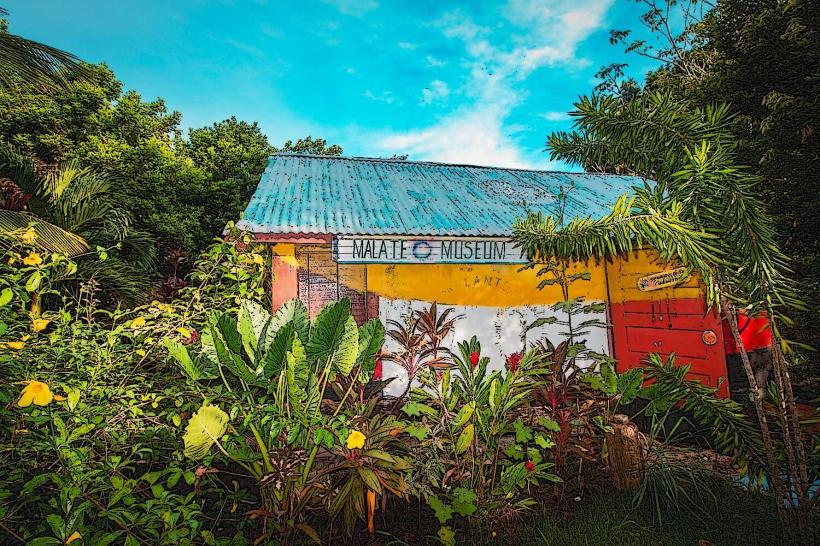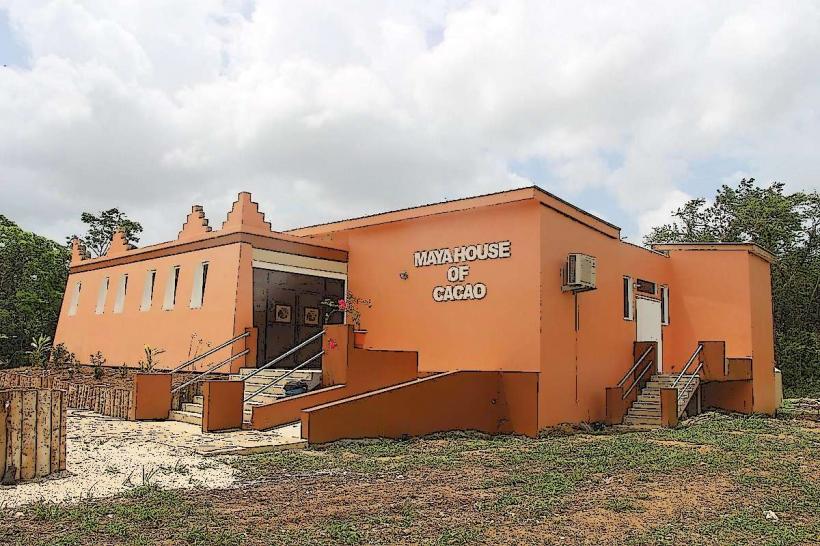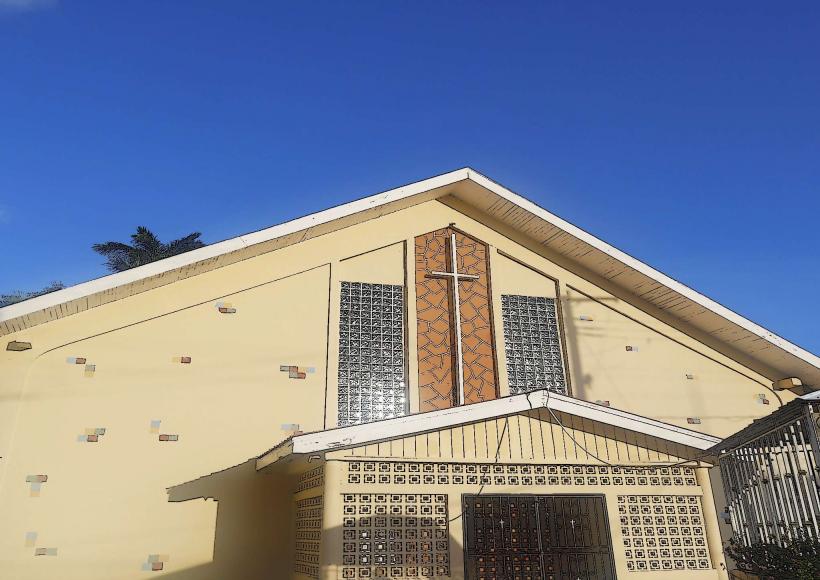Information
Landmark: Belize MuseumCity: Belize City
Country: Belize
Continent: North America
The Belize Museum, officially known as the Belize Museum and Cultural Heritage Center, is a prominent cultural institution located in Belize City, the largest city in Belize. It serves as a hub for the preservation and display of the country’s rich history, culture, and heritage, offering visitors an opportunity to explore the diverse aspects of Belize's past, from its Maya civilization roots to its colonial history and modern-day culture.
Overview of the Belize Museum
Location
The Belize Museum is located in the heart of Belize City, housed in a historic building that was once a colonial prison. The building, a part of the National Heritage collection, dates back to the early 19th century and is one of the most significant structures in Belize for understanding the country’s colonial past.
The museum’s address is North Front Street, which is one of the main thoroughfares in Belize City, making it easily accessible to both locals and tourists.
History
The Belize Museum was founded in 1927 as the country’s first museum. The museum was originally established by the Belize Historical Society to collect and showcase artifacts related to Belize’s history, with an emphasis on the Maya civilization, colonial rule, and the development of modern Belizean society.
The museum’s building was once a British colonial prison, and its transformation into a cultural center is a significant example of adaptive reuse, with the prison’s original architectural features preserved while being adapted for museum use.
Collections and Exhibits
The museum houses a wide range of exhibits, focusing on the country’s cultural heritage, history, and the natural environment. Here are some key themes covered in the exhibits:
1. Maya Civilization
Belize is home to many ancient Maya ruins, and the museum showcases the Maya civilization’s significant impact on the region. Exhibits highlight Maya architecture, art, pottery, tools, and daily life. Items such as carved stelae, jade jewelry, and ceramics are displayed, offering insight into the sophisticated nature of this ancient civilization.
Maya artifacts are one of the museum’s key draws, with collections spanning several eras of Maya history, including the Pre-Classic, Classic, and Post-Classic periods.
2. Colonial and Post-Colonial Belize
The museum also delves into the colonial history of Belize, focusing on the British colonization of the area, the introduction of the logwood trade, and the eventual establishment of British Honduras as a crown colony in 1862.
Exhibits include colonial artifacts, maps, and documents that detail Belize’s transition from a small settlement to a British colony and later to an independent nation.
Items such as tools, clothing, and everyday objects from the colonial era provide visitors with a glimpse into the lives of early settlers and the influence of African, Maya, and European cultures in the development of Belize.
3. Natural History and Biodiversity
The museum also features exhibits on Belize’s biodiversity, including its diverse ecosystems, flora, and fauna. This includes displays of native animals, such as the tapir, jaguar, scarlet macaw, and various marine species that inhabit the country’s rainforests, coastal areas, and coral reefs.
Educational displays on Belize’s protected areas, such as marine reserves, national parks, and wildlife sanctuaries, emphasize the country’s commitment to environmental conservation.
4. Independence and Modern Belize
The museum also provides an overview of Belize’s road to independence. Exhibits discuss the country’s struggle for independence from British rule and its eventual independence on September 21, 1981.
Displays include documents, newspapers, and photographs from the time of independence, highlighting key figures, such as George Price, Belize’s first prime minister and a major architect of the country’s independence movement.
5. Cultural Exhibits
The museum features exhibits on the ethnic diversity of Belize, with sections dedicated to the country’s Creole, Garifuna, Mestizo, Maya, and Chinese populations. These exhibits explore the customs, music, dance, food, and religions of these groups.
A key exhibit is the Garifuna culture, which highlights the Afro-indigenous heritage of the Garifuna people, whose ancestors were brought to Belize after being exiled from St. Vincent in the 18th century. The Garifuna are known for their drumming, dancing, and unique language.
Educational Programs and Outreach
The Belize Museum is not just a static collection of artifacts; it also serves as a center for education and community outreach. The museum offers a variety of programs aimed at engaging the public, including lectures, workshops, and guided tours.
Special attention is given to school groups and young learners, with interactive exhibits and programs designed to make Belize’s history and culture more accessible and engaging for children.
Additionally, the museum works closely with local and international scholars, archaeologists, and historians to preserve Belize’s rich cultural heritage and promote research on the country’s diverse history.
Visitor Experience
The Belize Museum is open to the public year-round, with entrance fees typically modest to encourage accessibility for locals and tourists alike.
Guided tours are available, providing in-depth explanations of the exhibits and the history behind the artifacts on display. The museum also offers audio guides in multiple languages to accommodate international visitors.
The museum’s gift shop sells local crafts, books, artworks, and souvenirs related to Belize’s history and culture, allowing visitors to take home a piece of the country’s heritage.
Conclusion
The Belize Museum is a must-visit destination for anyone interested in learning more about the rich and diverse history of Belize. It offers an engaging and educational experience, with exhibits that explore the country’s ancient Maya past, colonial history, natural environment, and cultural diversity. Whether you are a history enthusiast, an environmental advocate, or a visitor wanting to understand the complexities of Belize’s heritage, the museum provides an insightful and immersive journey through time.

